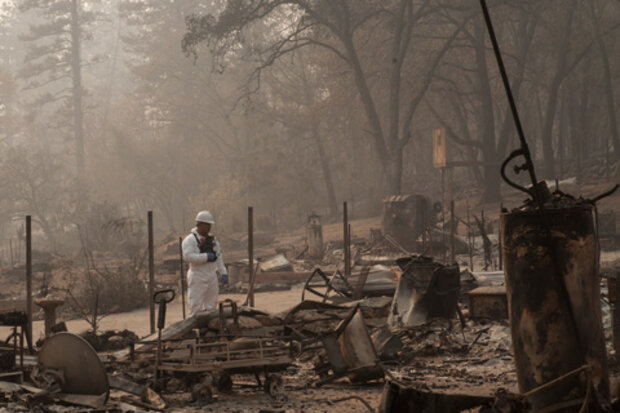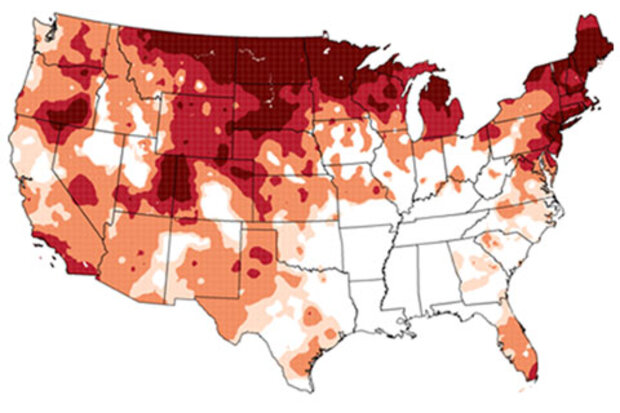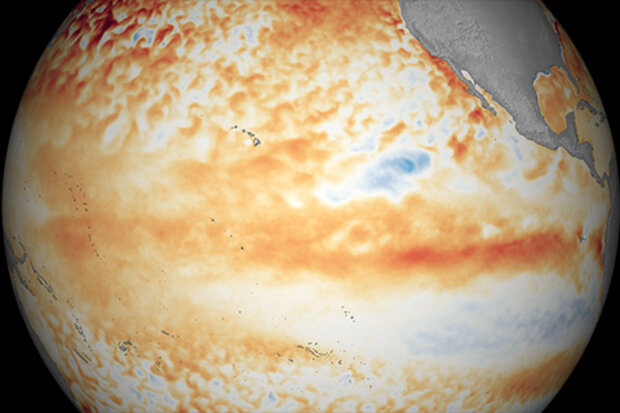Blogs
NOAA’s National Centers for Environmental Information (NCEI) tracks U.S. weather and climate events that have great economic and societal impacts. Since 1980, the U.S. has sustained 241 weather and climate disasters where the overall damage costs reached or exceeded $1 billion (including adjustments based on the Consumer Price Index, as of January 2019). The cumulative cost for these 241 events exceeds $1.6 trillion.
During 2018, the U.S. experienced a very active year of weather and climate disasters. In total, the U.S. was impacted by 14 separate billion-dollar disaster events: two tropical cyclones, eight severe storms, two winter storms, drought, and wildfires. The past three yea…
Read article
Daytime highs were in the negative teens in parts of the Upper Midwest and Great Lakes at the end of January, and the chill extended across much of the East. By the first week of February, temperatures in parts of the Mid-Atlantic and Southeast had plowed right past spring and into summer-like warmth. If the weather whiplash has left you wondering how U.S. winters are changing over time, the maps below tell the story. (Apologies Alaska, your statewide historical record doesn’t go far enough back to be included in these analyses).
The large map at left shows average temperature change during winter (December-February) from 1895-2017. The smaller column of maps at right shows indi…
Read article
The surface of the tropical Pacific Ocean is nice and warm, but the atmosphere just doesn’t seem interested. Will these two crazy kids get in sync and qualify as El Niño conditions? Forecasters think there’s a 90% chance that will happen soon and continue through the winter.
Will-they-or-won’t-they
Following our “Is it El Niño conditions?” decision tree, once we have a monthly average surface temperature anomaly in the Niño3.4 region above 0.5°C (currently near 1.0°C), and it’s forecast to stay that way for the next several months (it is; more on that later), we need signs of an atmospheric response before we can change our relationship status to “El Niño Advisory.”
While warmer…
Read article
Most of us learned as children that the age of a tree could be found by counting its rings. Rings of trees growing in temperate climates can indeed tell their age through their annual rings and also help determine the age of wood used to construct buildings or wooden objects. The ages of wooden objects can be revealed by cross-dating, the process of matching ring patterns between wood samples of known and unknown ages.
What do tree rings tell us
The underlying patterns of wide or narrow rings record the year-to-year fluctuations in the growth of trees. The patterns, therefore, often contain a weather history at the location the tree grew, in addition to its age. In dry environments…
Read article
It’s been a busy fall with a potential El Niño in the forecast, but I was lucky enough to get the opportunity to participate in a recent conference on ENSO in Guayaquil, Ecuador. So, I brought along my trusty blogging laptop and want to share with you the latest on all things ENSO.
This meeting included around 130 scientists from around the world who are all studying different aspects of ENSO… imagine a professional Comic-Con for ENSO nerds and you’ll be roughly in the ballpark. But, no, I did not wear a Chris Farley El Niño-style wrestling cape.
One of the best aspects of these conferences is the chance to finally …
Read article




